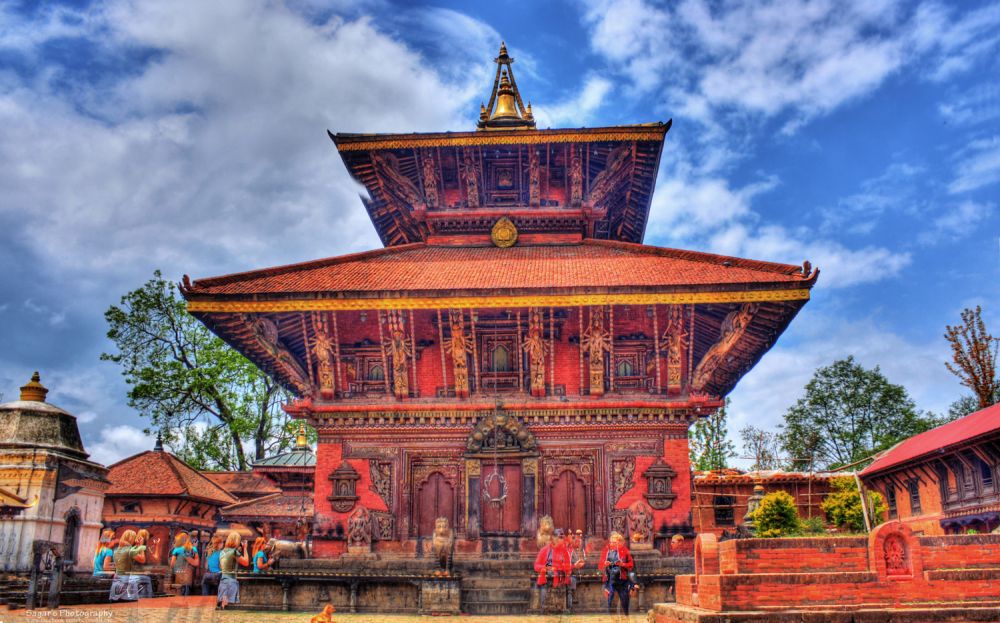

Located atop a hill in the Bhaktapur District, Changu Narayan is an illustrious temple that holds a significant position in the history of Nepalese tourism. As the oldest temple in Nepal’s history, the site has been revered for its outstanding cultural and historical importance. The origins of Changu Narayan trace back to the early 4th century, with its current structure believed to have been rebuilt after a fire in the 17th century.
The temple is dedicated to Lord Vishnu and is a remarkable example of Nepali temple architecture. It has been an integral part of the religious pilgrimage for both Hindus and Buddhists for centuries. The intricate wood carvings and metalwork that adorn the temple are reflective of the craftsmanship of the Newar artists of the Kathmandu Valley, making it an important site for art historians and enthusiasts alike.
Changu Narayan's status as a UNESCO World Heritage Site, listed in 1979, has further solidified its place in the annals of tourism history. This inscription has attracted visitors from across the globe, offering them a glimpse into the ancient art and civilization of Nepal. Visitors enjoy the rich displays of sculptures and carvings that date back to the Licchavi period, presenting stories from epics and religious texts.
The prominence of Changu Narayan has significantly impacted local tourism as well. The site not only attracts those interested in culture and history but also trekking enthusiasts. Its hilltop location provides breathtaking panoramic views of the surrounding landscape and the Kathmandu Valley, offering a perfect blend of culture and nature.
In recent years, sustainable and community-based tourism has become a significant trend in the area surrounding Changu Narayan. Projects that focus on environmental conservation and cultural preservation have been developed to ensure that tourism benefits the local communities while safeguarding the site’s integrity.
Art and cultural workshops, traditional homestays, and local guided tours have become more prevalent, providing tourists with an authentic experience while contributing to the local economy. Events like temple festivals and traditional fairs continue to be a major draw for both international and domestic tourists, enabling them to experience the living traditions of Nepal.
The government of Nepal, along with various international organizations, has implemented several projects to preserve this historic site. Following damage from natural disasters like earthquakes, restoration efforts have been undertaken to ensure that Changu Narayan remains a testament to Nepal's rich cultural heritage. These restoration efforts also play a key part in maintaining the flow of tourism and cultural engagement in the region.
As tourism continues to evolve, Changu Narayan remains a quintessential part of the experience for visitors to Nepal, offering a unique glimpse into the past while embracing the future of responsible and sustainable tourism practices.